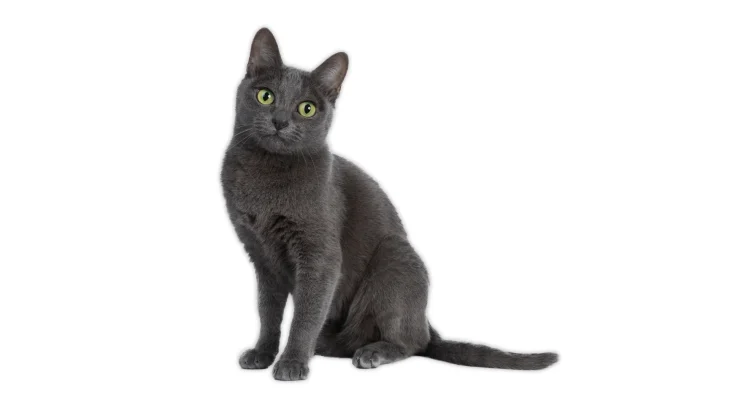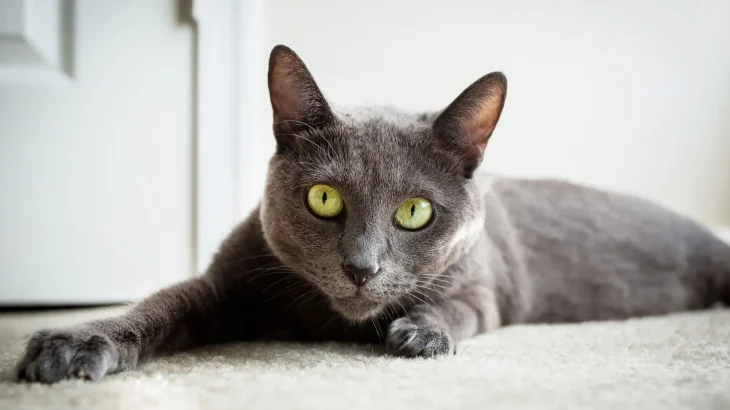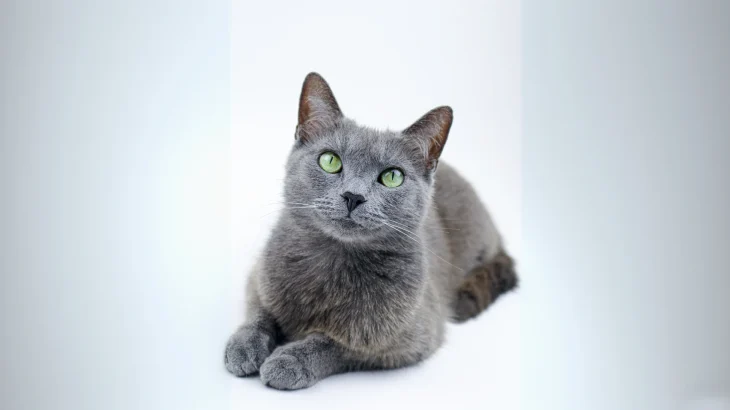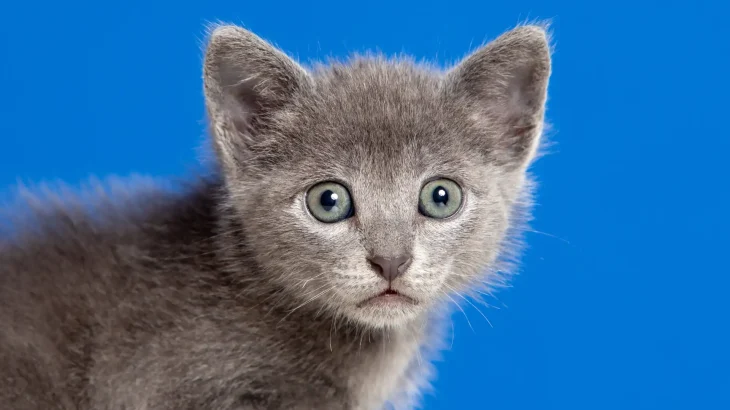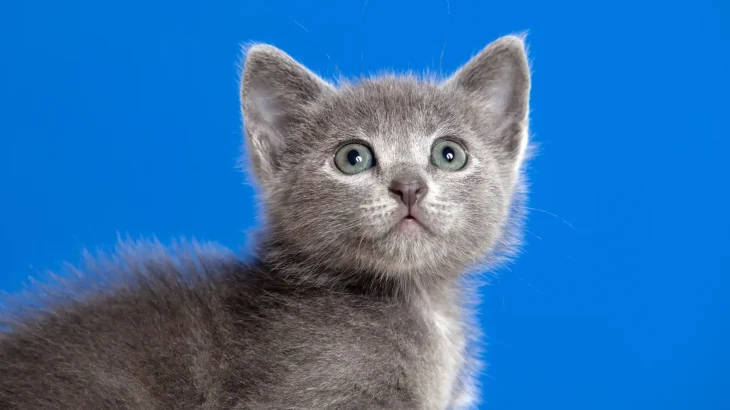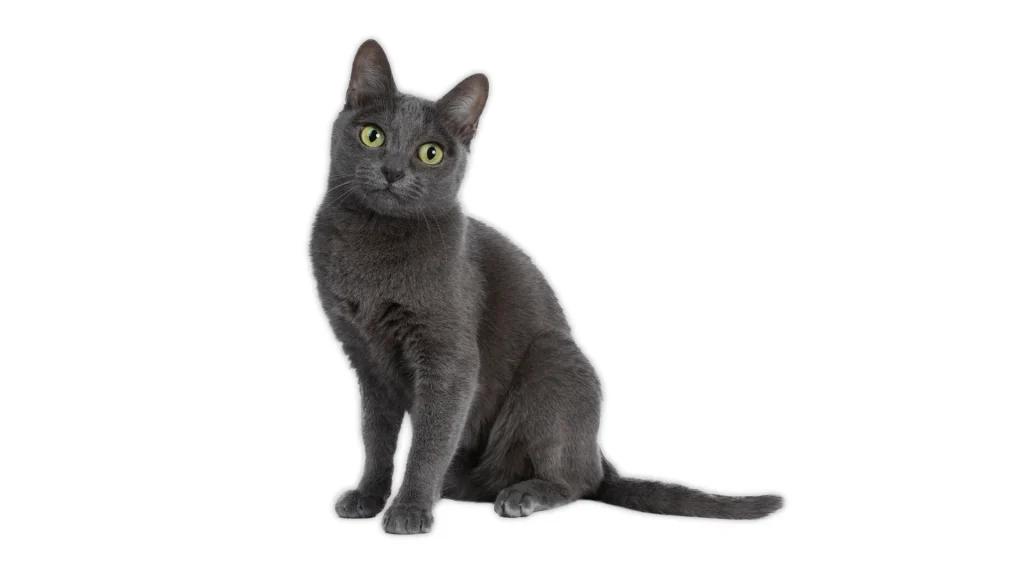When deciding to bring a Raas kitten into your home, the choice between adoption and purchasing from a breeder depends on factors like health history transparency and ethical considerations. Buying from breeders usually offers clearer insights into the kitten's lineage and health, while adopting provides a chance to give a home to a cat in need, often with lower costs.
Adoption vs. Breeder: Pros & Cons
| Criteria | Buying from Breeder | Adopting from Shelter/Rescue |
|---|---|---|
| Cost | Typically higher upfront cost, reflecting purebred status and pedigree. | Generally lower fees, often including vaccinations and spay/neuter. |
| Health History | Comprehensive health records and genetic history often available. | Health info may be limited; shelters provide basic vet checks. |
| Age Availability | Primarily young kittens for early socialization and bonding. | Wider range including adults and seniors. |
| Temperament Insight | Breeders share typical breed behavior and lineage traits. | Shelter staff give observations, background sometimes unknown. |
| Supporting Practices | Supports responsible breeding aimed at maintaining breed standards. | Contributes to animal welfare and reduces shelter overcrowding. |
| Ethical Considerations | Requires care to avoid supporting unethical breeding. | Promotes compassion by providing homes for cats in need. |

